Last weekend was frustrating as another weather front passed through putting paid to most outdoors activities – including bailing out of the Cimes du Lac d’Annecy race on Sunday and just going for a 5k run instead. Tuesday morning the sun was forecast to return so we made a date for a tour of the Massif des Bauges. Experience has taught me that unless you are on a tight time schedule it’s best to wait until the sun has the chance to warm up the air a bit and to delay the start of any trip until late morning or lunch time. In the summer it’s better to start early to avoid the heat, but in Spring and Autumn late starts are better – though not so late that you get caught out in the dark.
Paul was a little late arriving at the car park in Albertville but he had much further to drive and on a road that is frequently blocked – coming from Chamonix directly over the mountains. The Chamonix valley, like the Tarantaise valley is narrow with steep sides, so this limits the sort of cycling available there. Annecy and Albertville open up extensive rolling areas at lower altitude. The scenery is stunning and roads relatively empty so it is ideal cycling terrain for the whole year round. Personally I find that I’m spoiled regarding scenery after so many years of living in the mountains. I recognise that the Bauges is incredibly beautiful but it doesn’t take my breath away. Perhaps I’d need to go to Mars to get that feeling again – or just go somewhere flat for a few months.
Unfortunately the weather was heavily overcast again in the morning so I’d packed a full assortment of clothing options. Even when preparing in the car park the clouds started breaking up and blue skies started to appear. It was obviously going to warm up as predicted. We had one climb of 650m up tot and altitude of 950m so there would be no high altitude issues to deal with – sticking to “middle mountain” terrain. It would be cycling shorts and short sleeved shirts – with arm warmers and wind breaker in the pocket.
Cycling though Albertville is a mundane affair through busy traffic and junctions, but within minutes the town is left behind and you find yourself on the edge of the Bauges national park. The road skirts the edge of the Southerly facing mountains passing through vineyards linked to spectacular old chateaux and monasteries. For some reason the road is not on the valley bottom but follows the base of the mountains over rolling hills, making it much more enjoyable cycling. I felt strong at the start having rested the previous day and only running a short distance the day before that. Paul on the other hand had done some challenging mountain-biking the day before – but his level of fitness in general meant that this wouldn’t present a problem. I have a tendency to back off on long trips to conserve energy – but Paul set off at the sort of pace I’d normally reserve for a 90 minute ride. This tour was intended to be about 3hrs 40 minutes or thereabouts. Choosing a pace seems to be a largely unconscious thing – the brain making choices for you. I still felt it my duty to work some of the time in front doing the pulling and with the stamina built up over the previous couple of months figured out that my body could sustain the effort over the distance even though there was a mental resistance towards it. Racing is a great way to overcome this resistance and stretch yourself a bit further – somehow it’s easier to accept this mind-set when racing – perhaps due to adrenaline. Perhaps it’s just that I’m used to either short sharp distances or long plods – but when stamina has built up a bit then it’s time to push harder for longer – so I had no issues with attempting to do so.
The first 650m climb was the biggest of the day up to 950m altitude, taking us from St Pierre d’Albingy up onto the Massif des Bauges plateau via the Col de Frêne . From Albertville all the way to Chambery this ridge of mountains sits on the south side of the valley and there are several cols that can be used to cross it – the other common one being the Col de Tamié which is a much shorter loop through Faverges which I’d normally tackle directly from Aime . Paul was pushing hard up the climb as I know he likes to do and I put any thoughts of being lazy out of my head. For about one third of the climb I stayed on the large chain wheel to work on strength. With the Osymetric chain wheel it is the equivalent of pushing on a 54 tooth ring during the power phase and a 47 tooth ring over the dead spot. Earlier in the season I discovered that my legs were not strong enough to get full advantage of this effect and it worked against me as a result. When the dualcam chain wheels work they are fantastic – but they need a minimum of conditioning and strength. The muscles being used are different too and this takes some time to adjust. I now feel that I can align everything and get a strong push through the power phase with enough strength to make it count. To start with I only benefited from the easier “dead spot” as the pedal went over the top dead centre but couldn’t capitalise properly on the power phase.
Once over the top we put on windbreakers for the long gradual descent through the plateau. My telephone was providing navigation as well as logging data – all using the Endomondo app featured above. I was expecting a bridge and turn to the right and being fearful of missing it and descending too far I decided on a turn off with a sign marked “Doucy” – going right and over a bridge. Glancing at the very small scale map on the screen (the entire 100+ km route was visible on a 4” screen) everything appeared to be okay. We started up the climb but kept the jackets on as it should only have been short, although we couldn’t see far ahead. Once again the pace was quite high so the entire focus was on working hard. Several times we appeared to reach the summit but then it would continue and I mentioned a couple of times that I had no recollection of this place from the previous trip, but just joked that I had probably been in a daze then as I’d not been in good shape at the time. The climb continued and eventually we stopped for a minute to take the jackets off. The gradient seemed to get steeper and the road narrower until eventually I could feel a headache coming on and at the same time the legs starting to give up. It’s a horrible feeling – a sort of implosion that comes across fairly suddenly. On both climbs there had been some stomach issues but that was due to digestive problems from eating badly the previous few days after Christaine had left for a week and I was free to gorge on whatever junk I wanted without my “female conscience” to stop me! This new development however was different. The feeling of strength that was there from the start just vanished. Paul saw me going in reverse so slowed 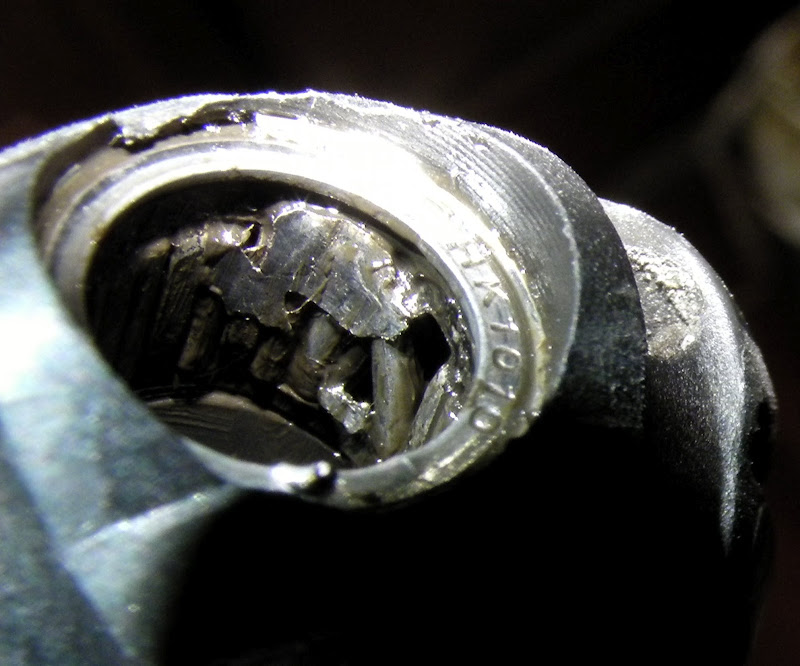 down a bit but eventually took off at his own pace to wait at the top – which was the best thing to do. I kept a good plodding pace though and a short while later saw Paul heading back towards me – which could only mean one thing – a dead end! We had just climbed 500 vertical metres up the wrong road and were now at 1200m altitude.
down a bit but eventually took off at his own pace to wait at the top – which was the best thing to do. I kept a good plodding pace though and a short while later saw Paul heading back towards me – which could only mean one thing – a dead end! We had just climbed 500 vertical metres up the wrong road and were now at 1200m altitude.
From now on I will have to stop pretending to myself that I can still read a map without glasses. The sunlight had been strong on the screen and the scale too small, reading eyesight crap, fear of missing the turn off, presence of a bridge, then not recognising the terrain but being too preoccupied to check - all leading to a rather painful screw up.
Oh well, instead of a well measured workout it was now going to be a struggle. The rest of the rolling road with it’s ups and downs was painfully hard but I seemed to manage a bit more than a plodding pace – helped by Paul slowing down enough to let me stay in contact and slipstream on the flatter sections. The most important thing when you feel like this is not to be dropped because then you just give up and slow down completely. It becomes a big mental game and having someone to pull you along makes a big difference. I also didn’t want to slow down so much that it would spoil Paul’s workout. I went in front for the descent down to Lac d’Annecy – a tricky descent with a few blind bends and some loose gravel, terminating in an invisible cut off from the road onto the cycle path. Once on the cycle path Paul took over again. We seemed to have a constant headwind no matter which direction we were going. Paul managed a good pace to begin with but I realised straight away that he was probably underestimating the distance to the end – perhaps not in numerical terms but in physical terms – it was still a long way – too long to be pushing air out of the way by yourself at a good pace. I had no option but to stay behind because I couldn’t maintain the pace directly into the wind – even when eventually Paul started to slow down. Meanwhile I made myself useful by eating an almond bar and continuing to drink. I’d refilled the water bottle just before the final descent at a watering hole with no marking to say if it was “eau potable” or “eau non potable“. Paul had earlier made his refill at a trough marked “Eau Non Surveille” which I’d never seen before. Whatever it really meant it didn’t say that it was undrinkable. Feeling concerned for Paul doing all the work along the cycle path I mentioned that it would be great is some local time trialist went flying past and we could both jump on his tail and let him pull us along. Ten minutes later exactly that happened – but not only were we overtaken too quickly to catch the guy but it was a recumbent two wheeler and would have given almost no slipstreaming – hence his incredible speed.
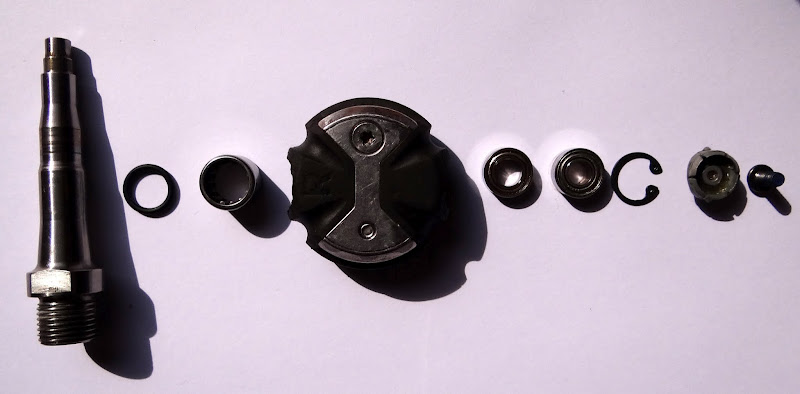
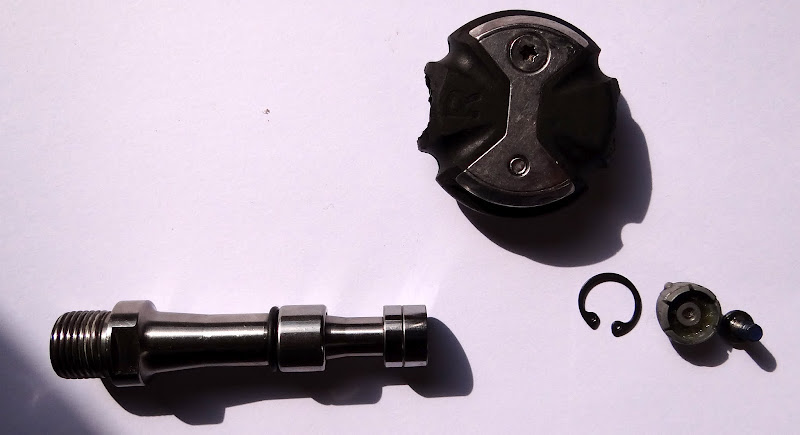
Not only had the upper quads in my right leg and both hips been mildly hurting all along the cycle path but now the soles of both feet were hurting. I’d been reduced to using 20 year old Time racing shoes and pedals since my ultra expensive Speedplay pedals fell apart. The Time shoes are shaped to be “toe down” and so all the force goes straight across the metatarsal joints. The interesting thing is to discover the massive difference that shoe design can make. My lightest racing shoes were crippling due to causing chronic serious pain at the base of the 5th metatarsal joint on the left foot – to the level that running became impossible. The cheaper shoes stopped this but the old Time shoes shift everything completely again.
Reaching Ugine I took the front to avoid confusion with the cycle path being routed through the road system. Once I got in front I felt that I might be able to maintain the pace but wasn’t quite sure how hard I needed to push. When you are tired it’s hard to judge pace and effort. Strangely, after about half a kilometre I started realising that the strength was returning to my body. It must have been a combination of eating, resting and drinking. The recovery was total and over the normally interminable and boring 11 km from Ugine to Albertville I was able to keep the power on the whole way to get it over with quickly. Paul had run out of both food and energy and unfortunately refused an almond bar from me – but now I was able to take the strain for a while and keep the pace going. It was good to finish on a positive note after such a long and difficult period and it goes to show that the body can recover from a slump. I’d thought that the slump was due to lactic acid from overdoing it on the climb and I associate the slight headache with that too. Paul was horrified that I’d only eaten a single small almond bar during the 5 hours of the workout – and he is probably right that this was the real cause of the slump. I’m really not good at judging the issues involved and separating out lactic acid overload and pure fatigue from sugar depletion.
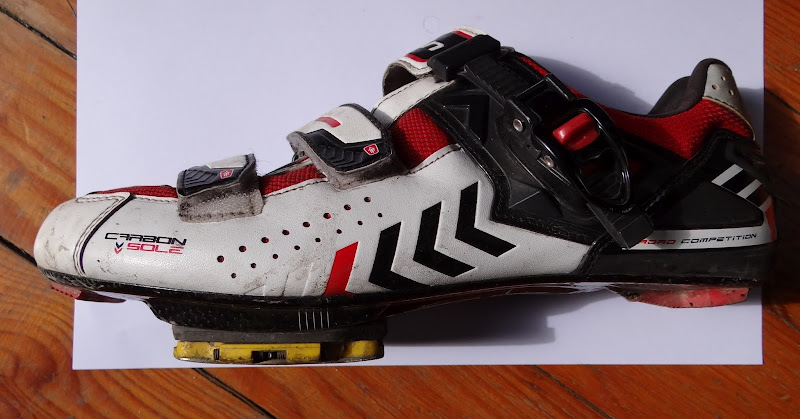
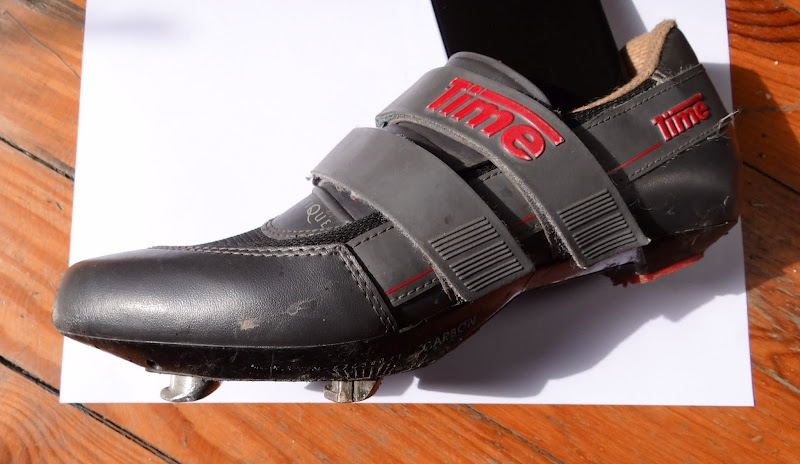
When the power returned I’d been able to focus on getting strength from the hip extension instead of the quads and all the pains that I’d felt earlier vanished. There was no bum pain either during this trip – the bone bruising from the Time Mégève back in June having at long last gone away. Likewise there was no pins and needles in the hands – all due to the body adapting. Damned shame it’s the end of the season now. If I lost a stone in weight I’d be ripping on the bike. With the start of October however I’ve decided to start to control eating habits much better and to get back into thinking about good nutrition and discipline. There’s still two months to go before the start of the winter season and plenty opportunity for more cycling.
– something to do with the variable resistor that controls the heating selection. The cost of diagnositics and sensor change was already up to 170 euros and I heard long spiel on how this could affect many things. Weird considering that my temperature gauge had always worked! Once the work was done and there was of course no difference they proposed to change the dashboard control unit – at 675 euros before including the cost of the work. This is where I lost my temper with them and walked out of the garage telling them that I’d fix it myself and could promise them that it would cost between 20 to 30 euros total - even if at this point I didn’t know anything about the car – and that I’d be back to show them that later on.

 down a bit but eventually took off at his own pace to wait at the top – which was the best thing to do. I kept a good plodding pace though and a short while later saw Paul heading back towards me – which could only mean one thing – a dead end! We had just climbed 500 vertical metres up the wrong road and were now at 1200m altitude.
down a bit but eventually took off at his own pace to wait at the top – which was the best thing to do. I kept a good plodding pace though and a short while later saw Paul heading back towards me – which could only mean one thing – a dead end! We had just climbed 500 vertical metres up the wrong road and were now at 1200m altitude.